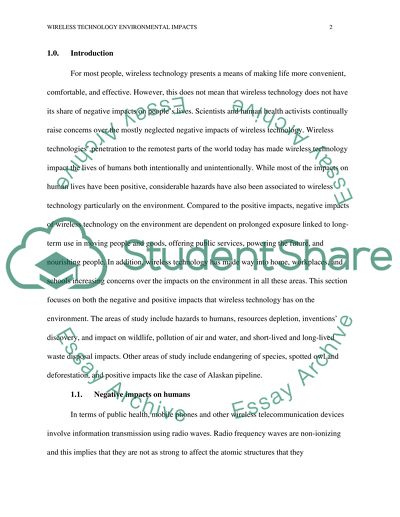Cite this document
(“Wireless technology Coursework Example | Topics and Well Written Essays - 1250 words”, n.d.)
Retrieved from https://studentshare.org/information-technology/1654250-wireless-technology
Retrieved from https://studentshare.org/information-technology/1654250-wireless-technology
(Wireless Technology Coursework Example | Topics and Well Written Essays - 1250 Words)
https://studentshare.org/information-technology/1654250-wireless-technology.
https://studentshare.org/information-technology/1654250-wireless-technology.
“Wireless Technology Coursework Example | Topics and Well Written Essays - 1250 Words”, n.d. https://studentshare.org/information-technology/1654250-wireless-technology.


